Andy AKA is right, this amplifier needs a bias current flowing through it to be complete.
My answer will be assuming the bias current exists.
The transfer function for this "amplifier" is (for high input signal frequencies, not DC):
$$
-\frac{R_{14}}{R_{15}}+V_{GS,Q3}
$$
The 1st term is the usual inverting amplifier gain, but AC coupled with a high pass cutoff corner given by:
$$
f_{3dB}=\frac{1}{2\pi R_{15}C_9}
$$
The 2nd term is just the gate-to-sourve DC voltage term from the MOSFET itself. This term will vary somewhat from MOSFET to MOSFET (even if you buy the same model).
The other difference between this and a regular op-amp inverting amplifier is the loop gain. An op-amp will have a larger loop gain than a simple transistor, hence, its gain transfer will be more accurate. The formulas I gave above are good approximations, but won't hold up as good as with an op-amp due to the limited loop gain of this single transistor amplifier.
